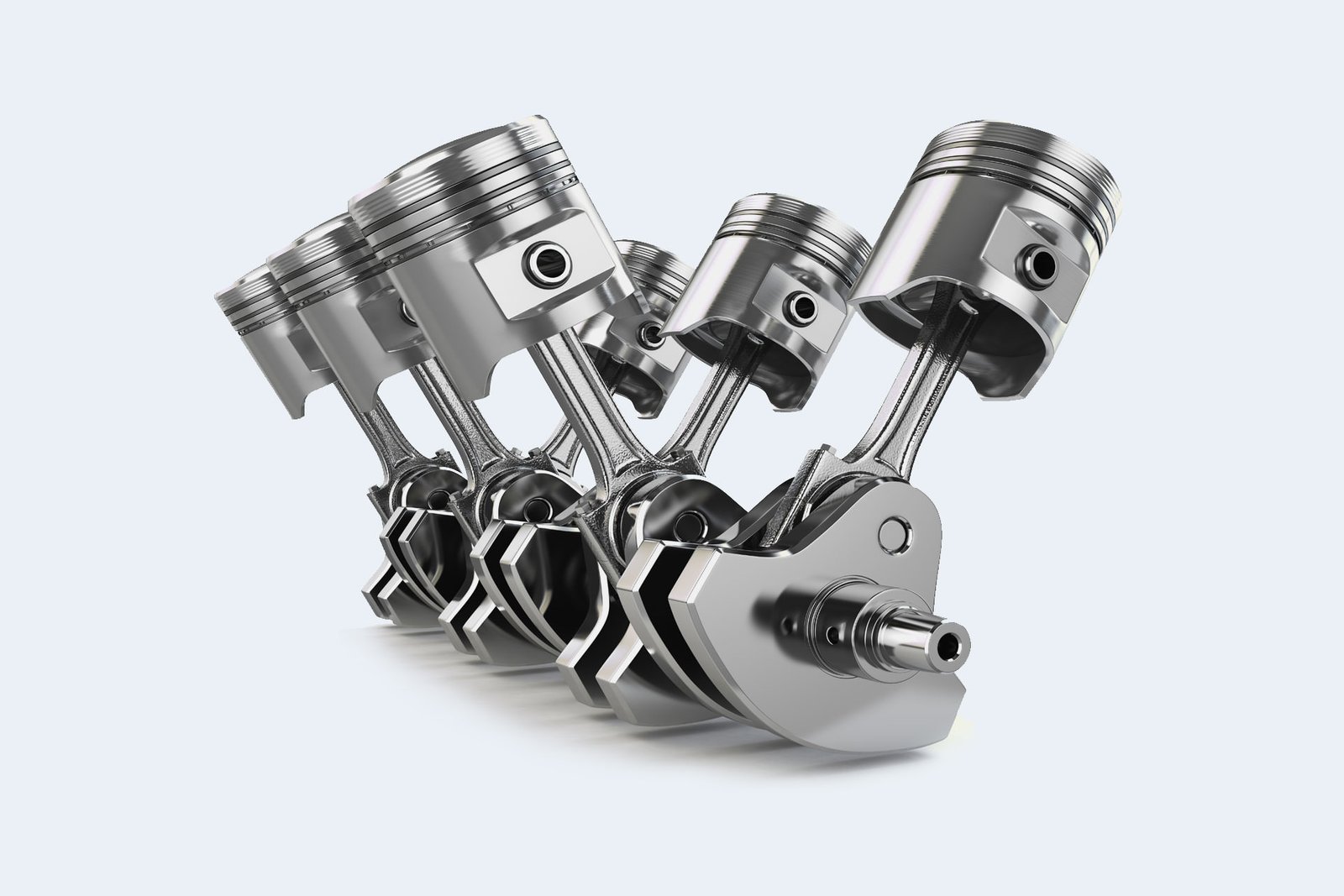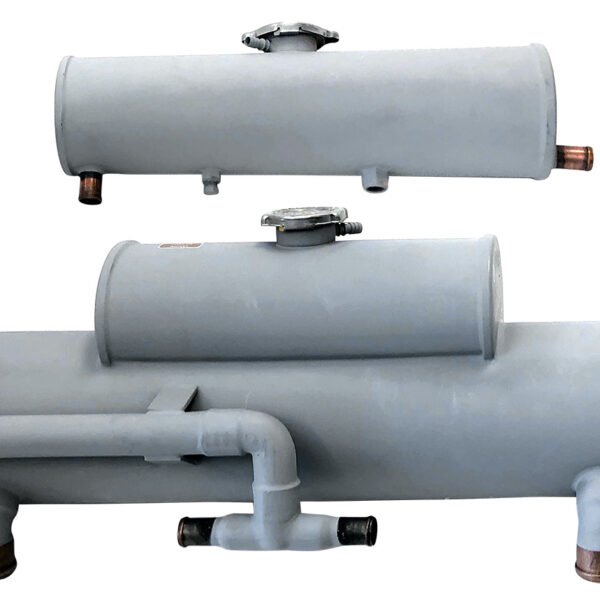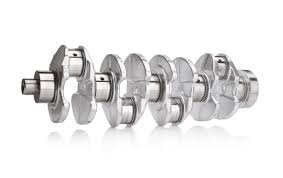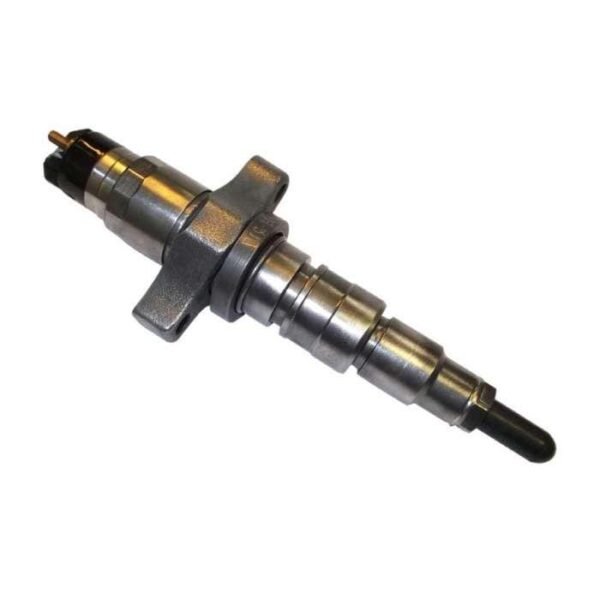A marine engine piston is a crucial component of a ship’s engine, responsible for converting the energy from fuel combustion into mechanical energy to propel the vessel.1 These pistons are subjected to extreme conditions, including high temperatures, pressures, and mechanical stress.2
Function
The primary functions of a marine engine piston are:
- Converting Energy: It forms the lower part of the combustion chamber.3 When a fuel-air mixture ignites, the resulting high pressure forces the piston down, converting the chemical energy into linear motion.4
- Transmitting Power: The piston’s linear motion is transmitted to the crankshaft via a connecting rod, which converts it into the rotational motion needed to drive the propeller.5
- Sealing the Combustion Chamber: Piston rings, fitted into grooves on the piston, create a tight seal between the piston and the cylinder liner.6 This prevents hot gases from leaking into the crankcase (a phenomenon known as “blow-by”) and stops lubricating oil from entering the combustion chamber.7
- Heat Transfer: The piston absorbs a significant amount of heat from combustion.8 The piston rings play a vital role in transferring this heat to the cooler cylinder walls, which are in turn cooled by a jacket water system.9
Types
Marine engine pistons are generally classified into two main types based on their design and the type of engine they are used in:
- Trunk Pistons: These are typically used in smaller, medium-speed, and high-speed engines (often four-stroke).10 A trunk piston is a single-piece component with a long skirt that directly transmits the side thrust from the connecting rod to the cylinder liner.11
- Crosshead Pistons: Used in large, slow-speed engines (typically two-stroke), these pistons are two-piece, consisting of a crown and a skirt. The piston is connected to a crosshead via a piston rod.12 The crosshead assembly takes the side thrust, preventing it from being transmitted to the piston and cylinder liner.13 This design allows for separate lubrication systems for the cylinder and crankcase, reducing the risk of contamination.
Materials
The choice of material for a marine piston is critical to its performance and longevity.14 Pistons are often made from different materials for different sections to optimize for various properties.15
- Piston Crown: The crown is the top part of the piston, directly exposed to combustion heat and pressure.16 It requires materials with high strength, heat resistance, and resistance to corrosion.17 Common materials include:
- Steel forgings or castings (often alloyed with chromium, molybdenum, and nickel).18
- Cast iron (for some applications).19
- Steel forgings or castings (often alloyed with chromium, molybdenum, and nickel).18
- Piston Skirt: The skirt is the lower part of the piston that guides it within the cylinder.20 It needs to be lightweight and have good thermal conductivity to aid in cooling.21 Common materials include:
- Aluminum alloys (known for their light weight and excellent heat dissipation).22
- Cast iron.23
- Aluminum alloys (known for their light weight and excellent heat dissipation).22
- Piston Rings: Piston rings are made of special cast iron or steel alloys and are often treated with coatings like chrome plating or ceramic to improve wear resistance and reduce friction.24
We offer an extensive range of marine engine brands and their associated spare parts, providing comprehensive solutions for both main propulsion and auxiliary power needs across diverse vessel types. Our supply capability covers various generations and models, ensuring support for a wide array of marine applications.
Featured Brands and Engine Series/Models:
SULZER:
- Two-Stroke Engines:
- RD/RND Series: RD68, RND76, RND76M, RND90, RND90M (Classic large-bore, low-speed engines, still in operation).
- RLA/RLB Series: RLA(B)56, RLA(B)66, RLA(B)76, RLB90 (Developed two-stroke designs).
- RTA/RT-Flex Series: RTA38, RTA48(T), RTA52, RTA58, RTA62, RTA72, RTA76, RTA84, RTA84M, RTA84C, RTA96 (Modern, fuel-efficient, electronically controlled two-stroke engines).
- Four-Stroke Engines:
- Z Series: ZL40/48, 16ZAV40S (Medium-speed engines).
- RF Series: RF44, RF56 (Often used for auxiliary power or generator sets).
- TAD Series: TAD36, TAD48 (For specific applications).
MAN (including pre and post-MAN B&W models):
- Two-Stroke Engines (KZ, KSZ, K, L, S, MC/MC-C, ME/ME-C): 40/54A, 52/90N, 57/80C, KZ57/80F, KSZ70/125, KSZ78/155, 90/160A, 52/55L, 58/64, 90/190C, L60/105E, 70/120E, 70/125C, L, KSZ78/155A, KSZ70/125B, L52/55A, 40/45 (A broad spectrum covering main propulsion and auxiliary engines).
B&W (Burmeister & Wain – prior to MAN B&W merger):
- MC/MCE Series: L35MC, L60MC, L80MC, L55GFCA, L80GFCA, L80GB, 74VT2BF, K62EF, K74EF, K84EF, K45GFC, K67GFK, K80GFK, K90GFS, 45HU, L70MC (Various generations of two-stroke diesel engines).
- MC-C/ME-C Series: L50MC, S60MC, S70MC, K80MC, S80MC, K90MC-C, L67GFCA, L90GB (Electronically controlled and conventional two-stroke engines).
- VT2BF/EF Series: 50VT2BF, 62VT2BF, K84EF (Older models still in service).
MITSUBISHI:
- UEC/UET Series: UEC37L/LA/LS, UEC45HA, UEC60L/LA/LS, UEC45L/LA/LS, UET45/75C, UEC52/125H, UEC52L/LA/LS, UET45/80D, UEC52/90D, UEC(T)52/105D, UEC45/115H, UEC37/88H, UEC37H (Mitsubishi’s proprietary two-stroke and some four-stroke engine series).
PIELSTICK:
- PA Series: PA6, PC3, PC2-2, IHI PC2-5, PC4, PC2-6, PC4-2L, PC4-570, PA5 (High-speed, compact four-stroke engines, commonly used for generator sets or auxiliary propulsion).
AKASAKA:
- UET/UEC/DM/AH Series: UET45/80D, UEC52/105D, DM51SS, UEC 60/150H, UEC 60H, A31, A34, A37, A41, AH27, AH28, AH30, AH36, AH38, AH40, DM30, DM36, DM38, DM46, DM47 (A prevalent engine brand, particularly in Japanese-built vessels).
DEUTZ:
- RBV/TBD/BVM Series: RBV8M358, RBV8M540, RBV16M640, TBD620L6, BVM350, BVM540, BF6M716 (Various four-stroke medium- and high-speed diesel engines for auxiliary and smaller main propulsion applications).
HANSHIN:
- EL/LH/LU/LUN/LUD/LUS Series: EL30, EL32, EL35, EL40, EL44, LH28RG, LH31G, LU28(A,R,G), LU32, LU35, LU38, LU46(A), LU50, LU54, LUN28, LUN30, LUD32, LUD35, LUS38 (Another significant engine brand commonly found in Japanese vessels).
NIIGATA:
- MG/M Series: MG40X(EX), M34X, 6M28BF, TM31X (Medium-speed diesel engines, typically used in small and medium-sized vessels).
MAK:
- M/MU/AK/AKM Series: M332, M453AK, MU551AK, MU552AK, M601, MU452AK, 451AK, 6M453AK, 9M453C, 6M601C, 8M601 (Medium-speed four-stroke engines, widely used in various marine applications).
WARTSILA:
- 20/22/26/32/38/46/GD/TKR Series: 22, 32, 31, 26, 20S, 28, 38, 46, 32GD, 46GD, 14, TKR22, HFR-V32, NOHAB (Wärtsilä’s broad portfolio of medium- and high-speed diesel engines for main propulsion, auxiliary, and generator sets).
DAIHATSU:
- PS/PKT/DS/DL/DK/PL Series: PS-18, PS-22, PS-20, PS-26, PS-30, PKT-14, PKT-16, PKTD-16, DS-18, DS-22, DS-26, DS-28, DS-32, DL-14, DL-16, DL-19, DL-20, DL-22, DL-24, DL-26, DK-20, PL-24 (Compact and reliable engines primarily used for auxiliary power and generator sets).
CUMMINS:
- BT/CT/NT/KTA/QSK/QSM Series: 4BT3.9, 6BT(A)5.9, 6CT8.3, NT(A)855, N14, KTA19, KTA38, KTA50, QSK19, QSM11 (Robust and durable engines for marine auxiliary power, generator sets, and some smaller main propulsion applications).
CATERPILLAR:
- 3000/3100/3300/3400/3500/3600 Series & C Series: 3054, 3056, 3066, 3106, 3126, 3306, 3406, 3408, 3412, 3508, 3512, 3516, 3606, 3608, 3612, 3616, 3618, C1.5, C2.2, C7, C9, C10, C12, C15, C16, C18, C30, C32 (Reliable and widely used engines across a vast range of main propulsion, auxiliary, and generator set applications).
SCANIA:
- DI Series: DI 09, DI 13, DI 16 (High-performance diesel engines designed for marine applications, typically used as auxiliary and smaller main propulsion engines).
- Two-Stroke Engines:




